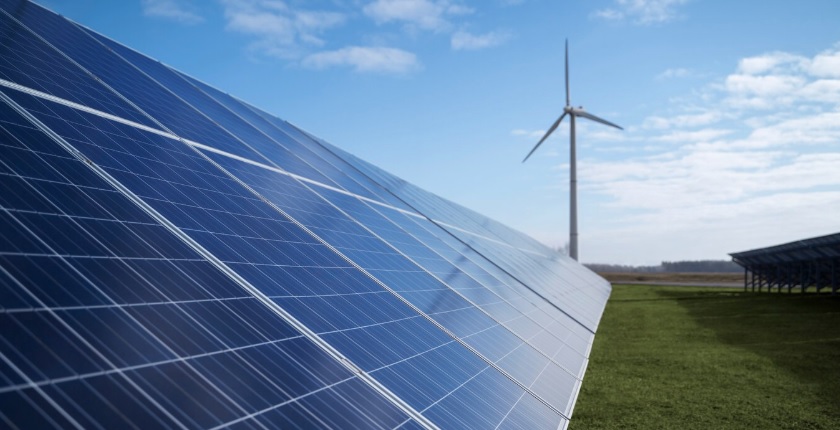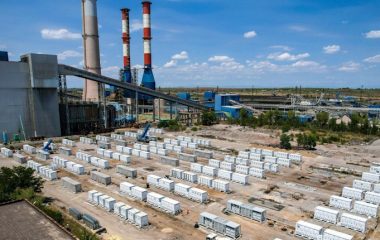
Photo: freepik.com
Greek authorities are rushing to secure the electricity system against a possible blackout during Easter.
Greece currently produces much more electricity than it needs on certain days due to a high renewables penetration and insufficient energy storage. It should be noted that in 2024 the country became a net power exporter for the first time after two decades. Usually, extra power is no problem, as it is exported and curtailments ensure nominal system operation with no danger of a blackout.
However, this year there will be days when low demand combined with high renewable electricity production creates a problem. At Easter, demand traditionally craters.
Independent Power Transmission Operator (IPTO or Admie) estimates that on Easter Sunday the country’s interconnections would operate near their maximum safety limits. If even a single line goes offline, it would lead to a domino effect and the possible loss of all the connections with neighboring countries. As a result, the frequency will rise beyond safe limits in the Greek system, triggering the desynchronization of power plants and a blackout.
To avoid such a scenario, authorities have imposed adding telemetry systems in recent months to photovoltaic units of over 400 kW connected to the distribution network. Currently, the Hellenic Electricity Distribution Network Operator (HEDNO or DEDDIE) can curtail 1.9 GW of solar power capacity, but another 6 GW is unswitchable.
Telemetry must be enabled by April in small PV units
A deadline was given until February 13 to the owners within the latter category to add telemetry equipment so that HEDNO can curtail their production when needed. However, very few complied and the rest said they are still waiting for the systems to be delivered.
HEDNO estimates that 5,700 plants with capacities of 400 kW to 1 MW must be added to curtailments, as well as 600 plants with more than 1 MW apiece.
Based on the above, owners of solar power units and the two grid operators must add the ability by April to ensure system stability.
Gradual installation of energy storage facilities is expected to help significantly and bring curtailments down.


















Be the first one to comment on this article.